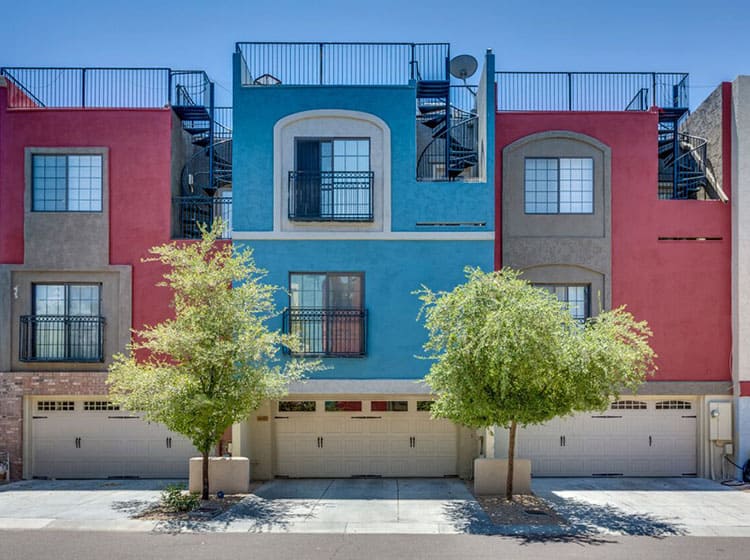Understand How Seasonal Problems Affect The Success Of Industrial Exterior Painting And Discover The Suitable Periods To Assure Lasting Results For Your Project
Understand How Seasonal Problems Affect The Success Of Industrial Exterior Painting And Discover The Suitable Periods To Assure Lasting Results For Your Project
Blog Article
Web Content Writer-Carlson Whalen
When you're intending a business exterior paint project, seasonal factors can make or damage your results. You'll want to think about just how temperature level and moisture effect paint application and drying times. Picking the ideal period can guarantee your paint adheres properly and lasts much longer. Yet which interior home painters in my area are genuinely the most effective for this kind of job? Let's explore the key elements that can affect your job's success.
The Impact of Temperature on Paint Application
When you're intending a commercial exterior painting project, the temperature level can considerably affect exactly how well the paint sticks and dries.
Ideally, you wish to paint when temperatures range between 50 ° F and 85 ° F. If it's too cold, the paint may not cure appropriately, causing problems like peeling or breaking.
On the other side, if it's as well warm, the paint can dry out also promptly, avoiding proper bond and resulting in an irregular surface.
You should also take into consideration the moment of day; early morning or late afternoon supplies cooler temperature levels, which can be much more favorable.
Always inspect the maker's suggestions for the particular paint you're utilizing, as they frequently provide support on the perfect temperature level range for optimum outcomes.
Humidity and Its Impact on Drying Times
Temperature level isn't the only ecological factor that influences your business exterior paint project; humidity plays a significant function too. High humidity degrees can reduce drying out times dramatically, affecting the general quality of your paint work.
When the air is saturated with wetness, the paint takes longer to cure, which can lead to problems like poor bond and a greater danger of mildew development. If you're repainting on a particularly humid day, be planned for extended delay times between coats.
It's essential to check local weather conditions and strategy accordingly. Preferably, aim for humidity levels in between 40% and 70% for optimal drying.
Keeping these factors in mind guarantees your job remains on track and supplies a long lasting surface.
Best Seasons for Commercial Outside Paint Projects
What's the most effective season for your industrial external painting projects?
Springtime and early fall are typically your best bets. Throughout these seasons, temperatures are mild, and moisture degrees are usually reduced, producing suitable conditions for paint application and drying out.
Avoid summer season's intense heat, which can cause paint to dry as well rapidly, leading to poor adhesion and surface. Similarly, https://www.realsimple.com/home-organizing/home-improvement/painting/painting-mistakes can hinder proper drying out and treating, running the risk of the longevity of your paint job.
Go for days with temperature levels in between 50 ° F and 85 ° F for optimum outcomes. Keep in mind to inspect the regional weather forecast for rain, as wet problems can destroy your task.
Planning around these aspects ensures your paint project runs efficiently and lasts much longer.
Conclusion
To conclude, intending your commercial external painting tasks around seasonal considerations can make a significant distinction in the result. By scheduling job during the excellent temperatures and humidity levels, you'll make certain much better attachment and drying out times. Keep in mind to keep an eye on local weather forecasts and select the right time of year-- springtime and very early autumn are your best choices. Taking these actions will help you attain a sturdy and expert coating that lasts.
